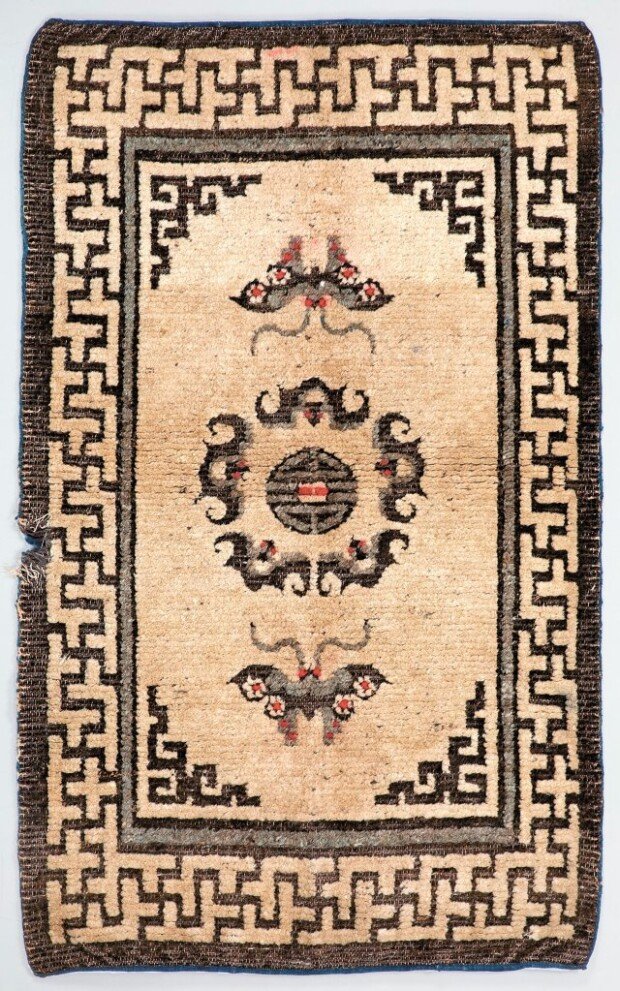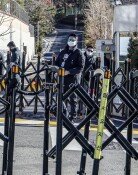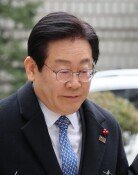Modam, carpets of Joseon featuring bright colors and diverse patterns
Modam, carpets of Joseon featuring bright colors and diverse patterns
Posted August. 24, 2021 07:26,
Updated August. 24, 2021 07:27

The portrait of Jo Gyeong (1586-1669), the Minister of Justice under King Injo of Joseon, includes an item that is even more eye-catching than himself in an official uniform. It is modam, a carpet of Joseon, under his feet. The red carpet features white flowers and green octagonal octagons. The carpet is oddly in harmony with a portrait with a stern look.
The painting can be found at a special exhibition at the Daegu National Museum titled “Paintings in Thread: Modam, Carpets of Joseon.” Modam is mainly woven with threads made of wool or mohair and cottonseed to add warmth to the floor and decorate a house. Modam’s colors and patterns are made by using colorful wefts. There are only a few of the luxury items left in South Korea now as the Korean floor heating system, ondol, made modam unnecessary. The museum showcases 10 modam carpets purchased by a private collector in Japan along with over 20 pictures and paintings.
Among what’s at the exhibition, modal with butterflies and bats estimated to have been made in late Joseon grabs attention. Against the deep yellow background, five bats in grey and dark brown are surrounding a circle in the middle. There is a pair of butterflies featuring grey, dark brown, and red colors above and below the bats. As both bats and butterflies symbolize good luck, the carpet is to wish for peace and harmony in a family.
Modam was introduced to the Japanese Islands through Joseon Tongsinsa, goodwill missions sent by Joseon Dynasty to Japan in the 17th century. It was called Joseoncheol, which means the fabric of Joseon, at the time and used to decorate floats at the Gion Matsuri festival held in July every year in Kyoto. Modam with five cranes and flowers, which is suspected to have been made at the request of Japan in the 19th century, can be also found at the exhibition.
Modam of Joseon is often featured in literature or portraits but actual carpets are rare in South Korea, which led to insufficient research. The production years and makers of the 10 carpets showcased at the exhibition are also unclear. “The simple lines and colors used in modam’s patterns, as well as its division of space and proportion are in line with modern design,” said Min Bo-ra, an art and science researcher of the Daegu National Museum. The exhibition will be held until October 10. Tickets are free.
71wook@donga.com







